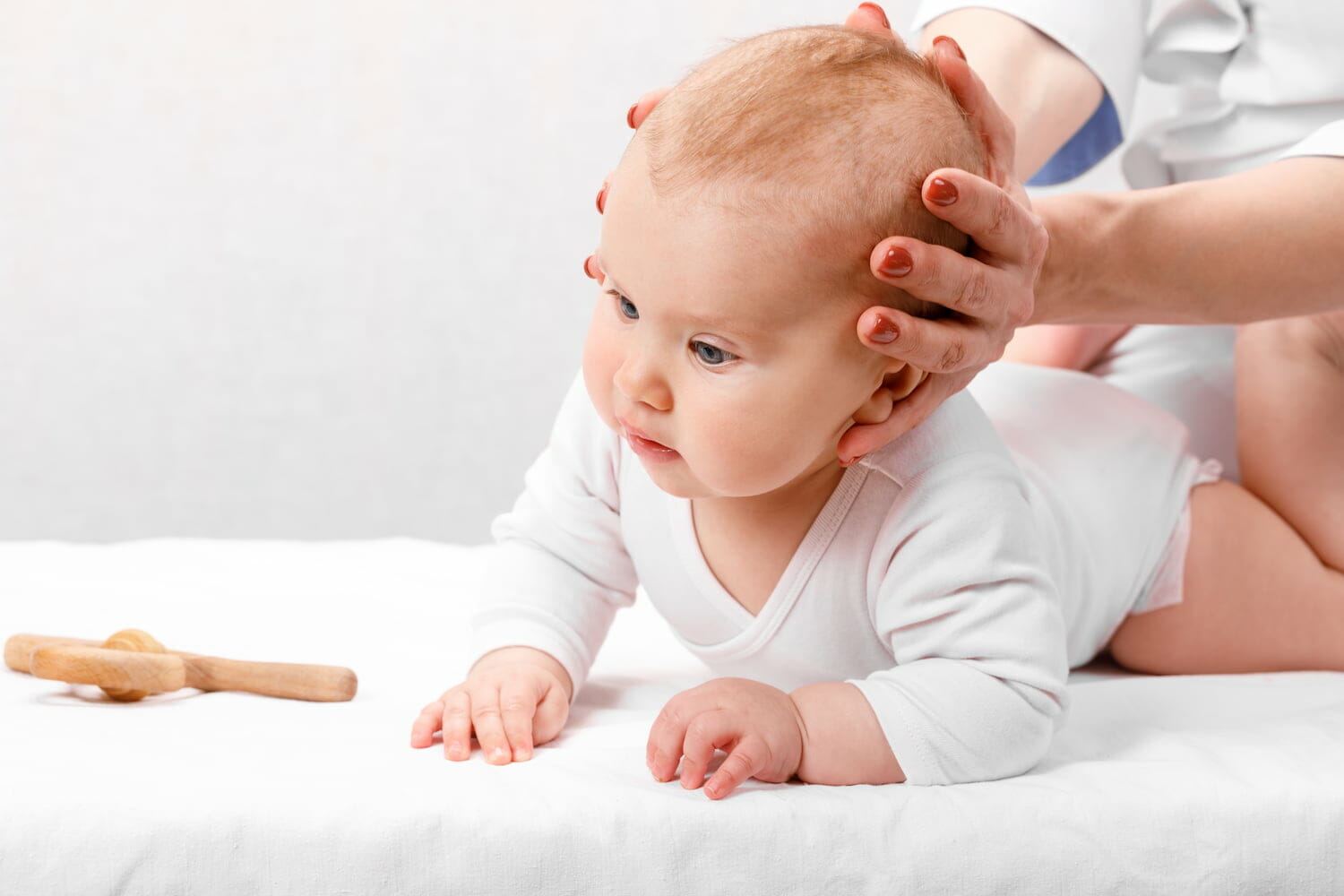Minor Injuries in Children
It goes without saying that most active children will bump, bruise, bang and injure themselves from time to time. It’s all part of growing up after all.
When it comes to calming an upset child (or parent!) knowing when you need to see a doctor or when to apply basic first aid techniques at home can make all the difference.
Here Dr Charles Stewart, Paediatric Emergency Consultant and Associate within the Practice covers some of the most common minor injuries and the best way to deal with them so you can quickly get your child back on the mend.


Lacerations and abrasions
When a child gets a scrape or cut, the fast flow of blood can make even a minor cut look like an emergency.
Minor cuts should stop bleeding after a few minutes after applying direct pressure to the wound for 5 to 10 minutes. Once it’s stopped bleeding, you can wash the wound with plain water and gently remove any dirt or small objects.
You should seek medical attention for open lacerations or if there are signs of infection in the wound – such as redness, swelling, pus or if the area is very hot to touch.
Strains and sprains
A strain is an injury to a muscle that has stretched too far and partly tears.
A sprain involves stretching or tearing of a ligament holding two bones together over a joint.
Pain, soreness, and swelling can develop in both but it’s actually more common for a child to break a bone than have a sprain because their bones are still developing.
That’s why it’s really important to seek medical attention if your child is in a lot of pain, especially if it is over an area of bone.
Children are still growing. Breaks that happen in the parts of bones where growth starts need to be watched closely.
To relieve pain and discomfort in a strain or sprain, you can follow the RICE rule:
- Rest the injured body part
- Ice the injury or put cold compresses on the area several times a day
- Compress the area with a splint or bandage
- Elevate the injured part so that it’s above the heart.
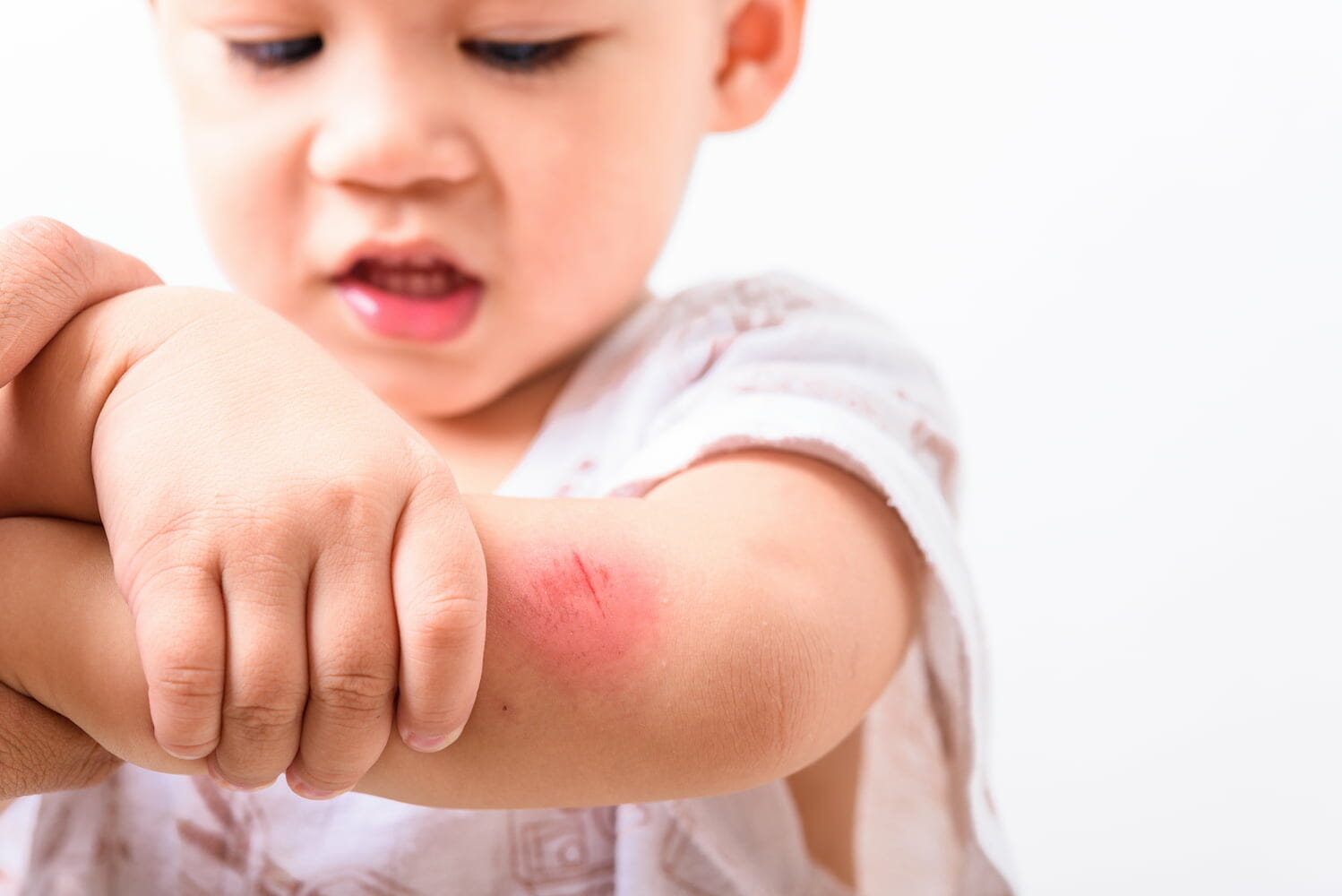
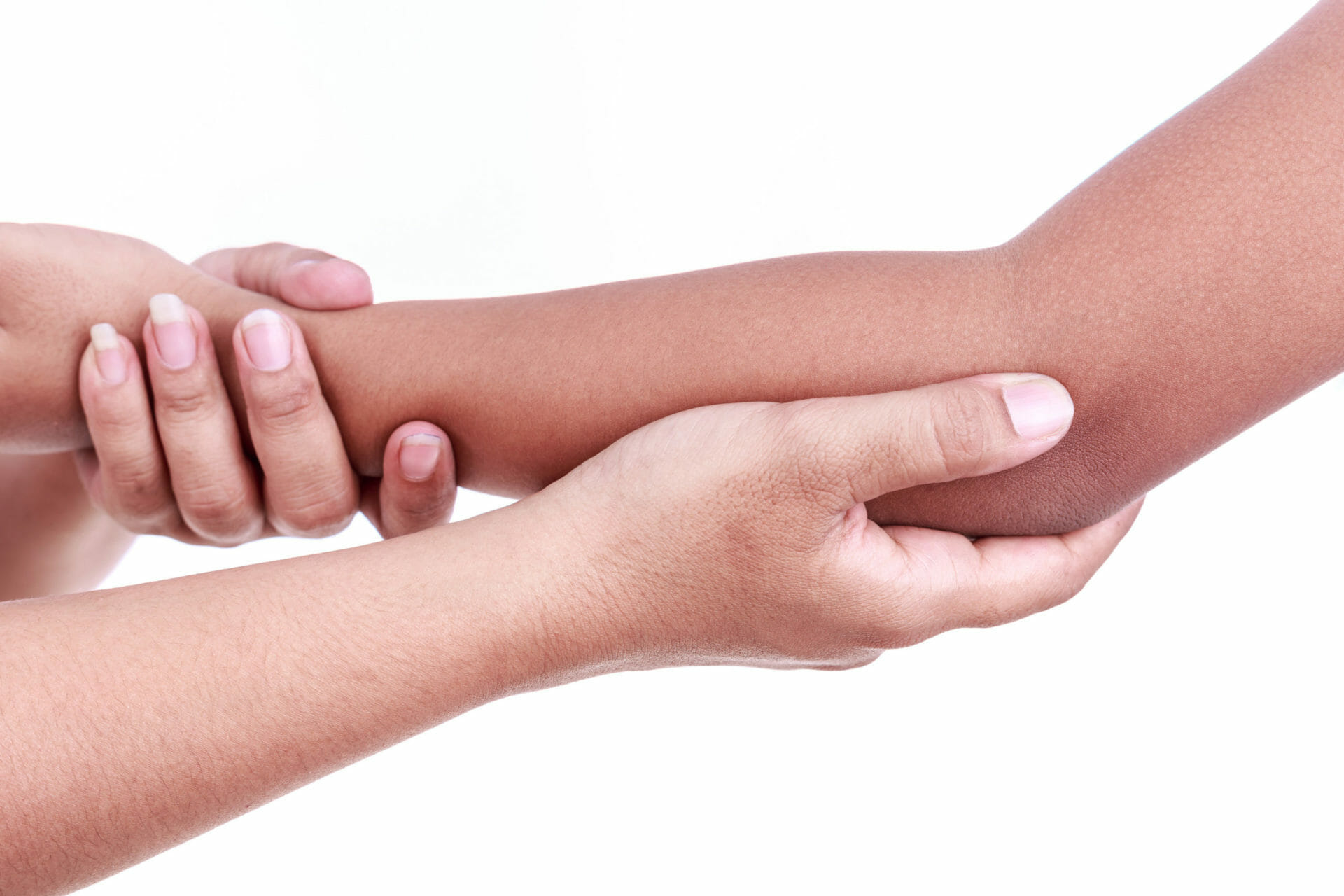
Pulled elbow
A pulled elbow is a common injury among children under the age of five.
It’s a result of the lower arm (radius bone) partially slipping out of its normal position at the elbow joint. This can be caused by a sudden pull on a child’s lower arm or wrist, for example when a child is lifted up by one arm. It can also happen when a child falls.
In most cases, children with a pulled elbow will cry out immediately after the sudden pull, and not want to use the injured arm at all. Their arm may simply hang sadly by their side.
A pulled elbow will need to be put back into place by a medical practitioner. It will not cause any long-term damage to your child after the initial pain and soreness has gone.
Objects (foreign bodies) in your child’s ear, nose or throat
Any concern about breathing or airway compromise is an emergency and you should dial 999.
It’s very common for a curious infant or young child to put a small object in their ear, nose, or mouth.
This can be an emergency if the object is swallowed or breathed (aspirated) into the lungs.
When an object is swallowed, your child may need a general anaesthetic and a procedure to remove it. An object that is aspirated may cause serious trouble breathing and needs a procedure for removal.
Dangerous objects such as button batteries or sharp items may also require a procedure for removal involving a general anaesthetic and require urgent attendance in hospital.
If your child has an object stuck in their ear, nose or throat and you are unable to remove it at home, you should take them to a doctor who will be able to safely do it for you.
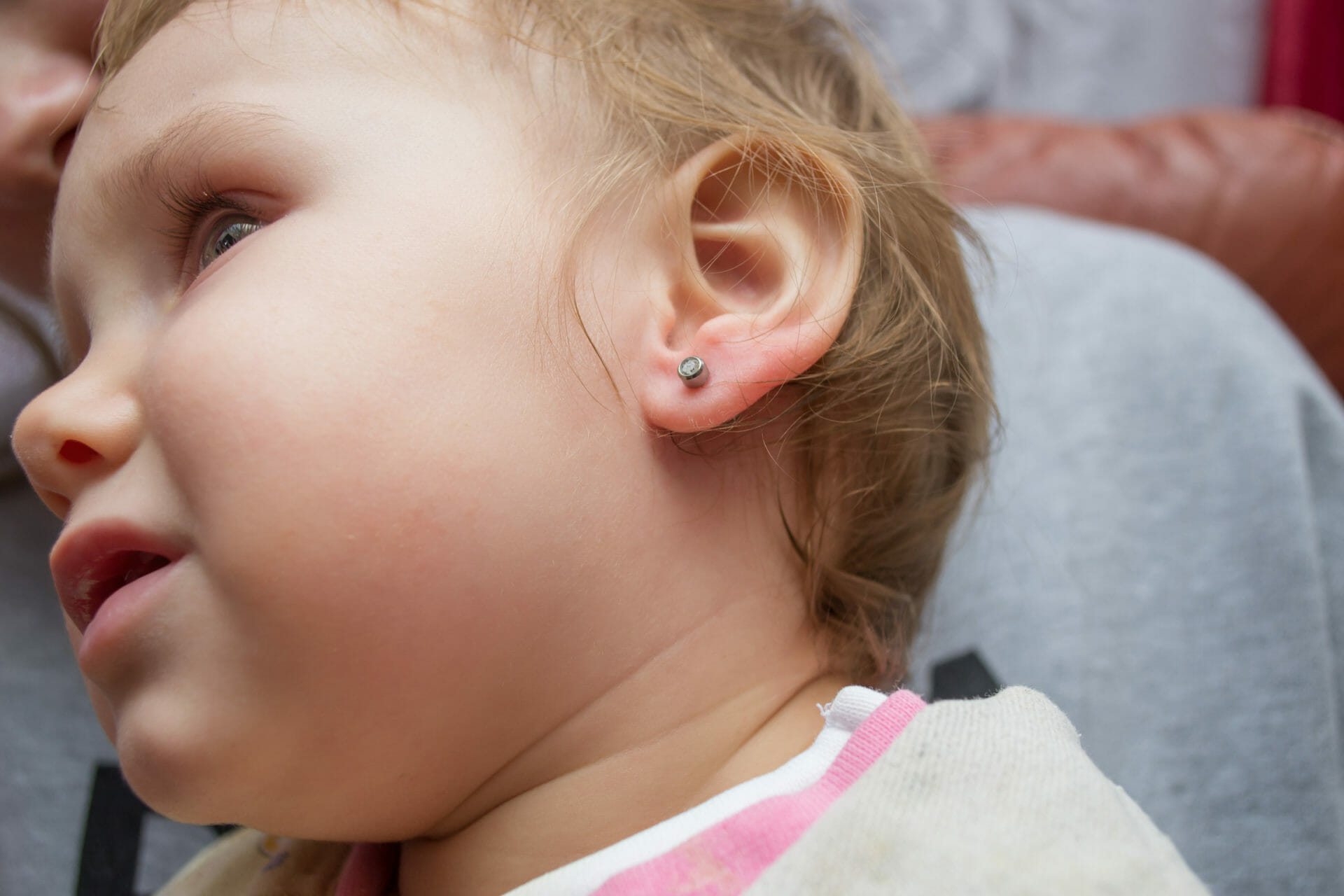
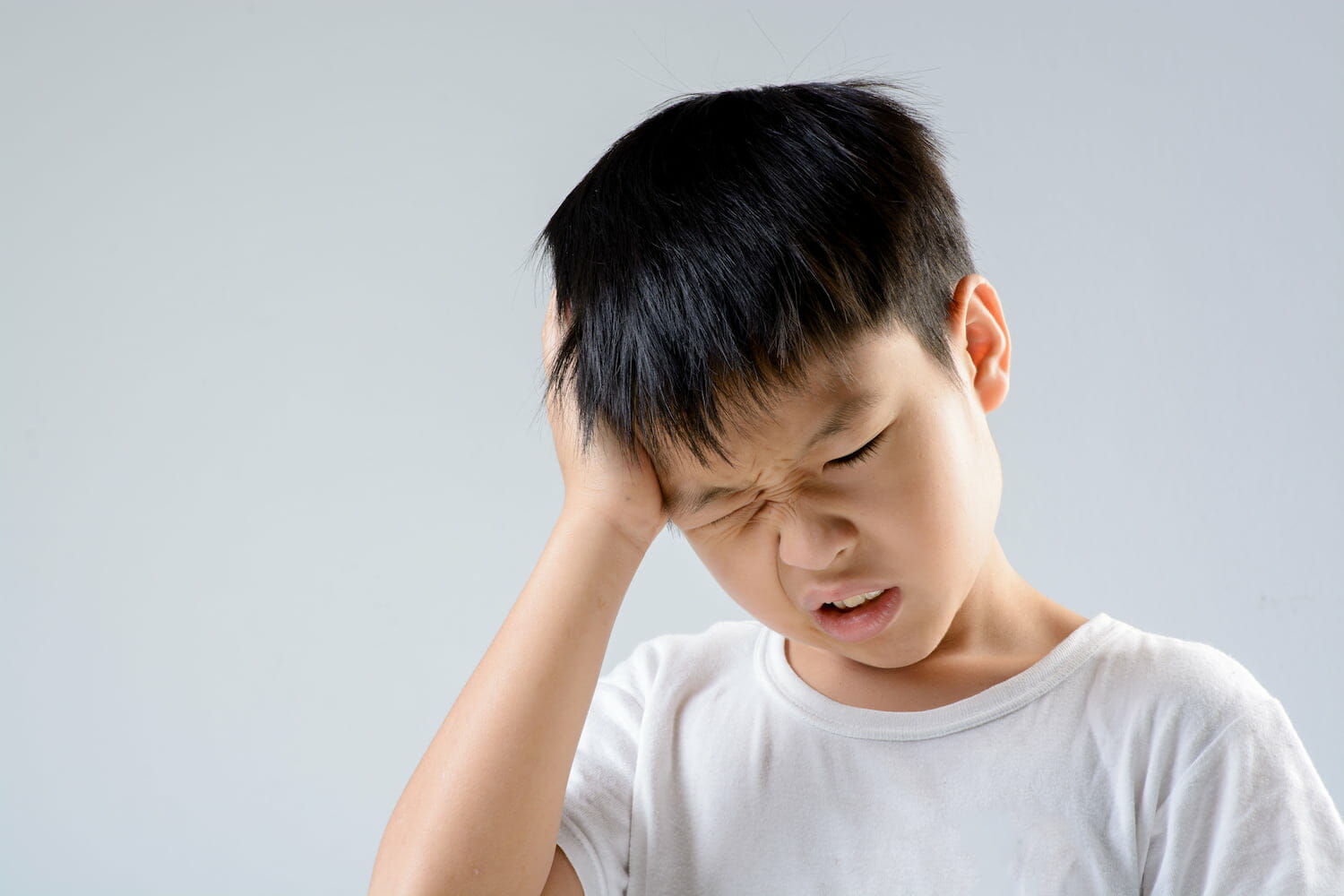
Sports related injuries
The increasing number of young people competing in sports-related activities has led to a rise in paediatric sports injuries, which require a different approach compared to adult injuries.
If you think your child has a sports injury or a condition related to sporting activity, they may benefit from a sports injury assessment.
A sports injury assessment requires access to a full multi-disciplinary team including physiotherapists, radiologists, occupational therapists, radiologists, surgeons and dieticians who may be part of your child’s care and rehabilitation team following an injury.
As well as the injuries listed above, reasons to seek a sports injury assessment include.
- Tendonitis and other overuse injuries
- Injuries to growth plates
- Damage to shock-absorbing cartilage
- Concerns about nutrition
- Burn out
- Exercise-induced asthma
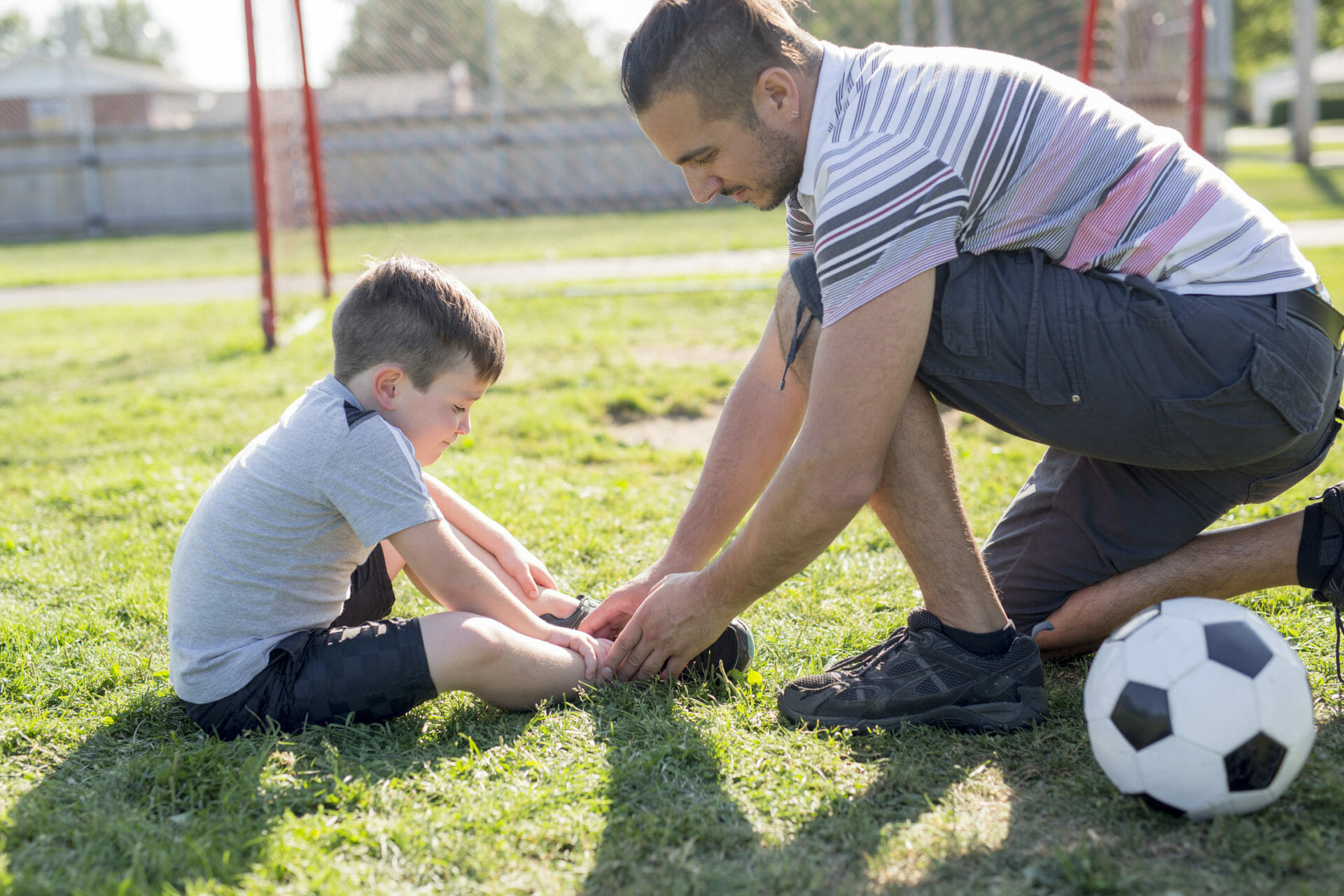
Related articles
Book your appointment
Clinic, remote appointments and home visits are available daily.
We can always find a time to suit you, so please do ask if you are having difficulty finding a suitable time.

